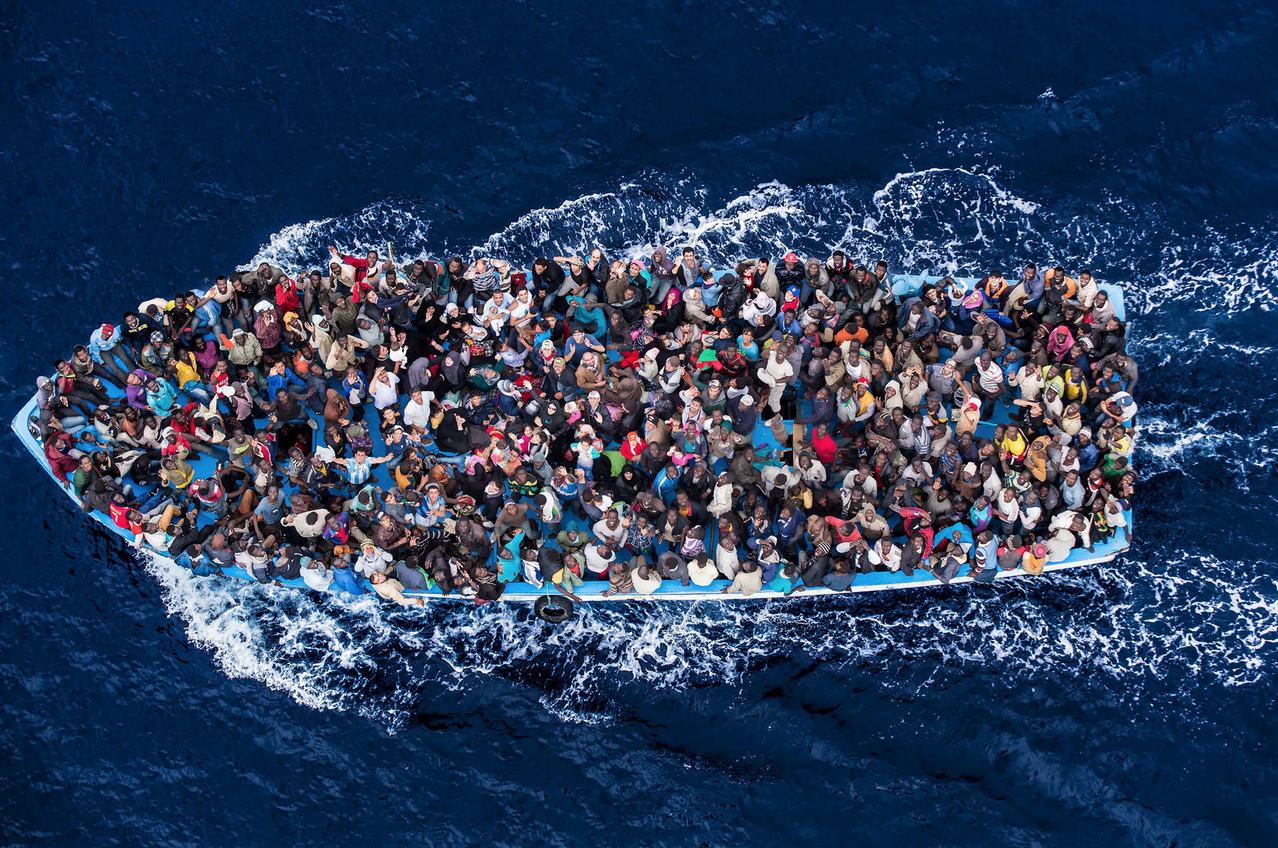Ahead of World Refugee Day on June 20, the United Nations High Commission for Refugees released their annual “Global Trends” report on the state of refugees in the world today. The data are staggering. There are now more refugees and internally displaced persons in the world than at any point since World War II – estimated at nearly 60 million have been driven from their homes by conflict and upheaval.
The current displacement crisis facing the world can be traced back to 2010 when refugee numbers started to sharply increase after years of steady decline. Conflicts in Afghanistan, Somalia, Cote d’Ivoire, the Democratic Republic of the Congo and the Central African Republic contributed to the increase, but natural disasters such as the earthquake in Haiti, devastating floods in Pakistan and typhoons in the Philippines and China also added millions to the rolls of displaced.
But while the trend started in 2010, it was not until the Arab Spring in 2011 that displacements went into overdrive.

The result of the conflicts in the Middle East is a staggering flow of refugees that all countries in the region are struggling to cope with. But while refugees from Syria and Iraq garner the most attention, it would be wrong to assume that displacement is merely a regional problem. Nearly every region in the world witnessed an increase in the number of displaced persons. In Europe, the conflict in Ukraine created the worst displacement crisis since the end of the Balkan wars while in Asia the persecution of ethnic and religious minorities sent many across borders to seek a better life. Renewed conflict in Africa, as well as human rights violations in countries such as Ethiopia and Eritrea, saw numbers of people living in refugee or refugee-like conditions increase while rampant crime and natural disasters displaced thousands in the Americas.
To put the current crisis in perspective, if the 59.5 million displaced persons were a nation it would be the 24th largest in the world, just behind the UK and Italy.

Yet despite the scale of the problem, it is not difficult to find examples of states shrugging off their responsibilities towards refugees. Countries in both Europe and Southeast Asia have done everything possible to ignore the flow of refugees on boats in the Mediterranean and Andaman Sea, only giving way to limited resettlements and rescue operations when public pressure over the humanitarian situation reaches critical mass. The influx on unaccompanied children trying to escape widespread gang violence in Central America led to increased funding for deportations from the US government, and in some cases, outright bans on any unaccompanied children from entering the city limits of some municipalities.
Even in countries with much smaller refugee flows, action is being taken to stop those trying to cross. This week Hungary announced it would build a fence along its border with Serbia to stop migrants from crossing, while scores of refugees were blocked from entering France from Italy.
These recent actions by developed countries highlight the disparity between who is bearing the burden of the current crisis. According to UNHCR, industrialized countries have settled less than 1 million refugees over the last 10 years, while the developing world currently hosts 86 per cent of the total.
Speaking at a press conference in Istanbul for the launch of the report, High Commissioner Antonio Guterres spelled out the reality facing aid agencies trying to cope with the crisis. “To those that think that it doesn’t matter because humanitarian organization there will be able to clean up the mess, I think it’s important to say that we are no longer able to clean up the mess,” he said. “UN agencies, NGOs, the Red Cross . . . we no longer have the capacities and the resources to respond to such a dramatic increase in humanitarian needs in the world.”
Something has to give. Either the international community dramatically increases its assistance to refugees and IDPs around the world and address some of push factors that are driving people from their homes; or it resigns to the fact that World War Two levels of displacement are the new norm.
Graphics from UNHCR
